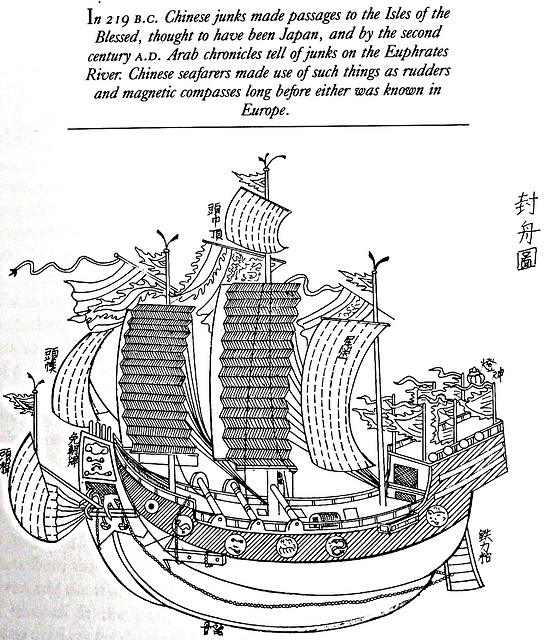Immanuel Kant
David Hume
King Milinda
Tesla Coil
Image at Griffith Observatory
It Started here
Extending the Eye
Charles Chaplin
Pendulum / pendulum clock
Speed of Light
Alex Trebek
Rectum est Index sui & Obliqui
Luca Pacioli
Lady Philosophy & Boethius
In celebration
For Sale (Maps)
Magellanic Clouds
A Well
Griffith Observatory
Bubba Gump
Marlon Brando
Tourism
Negative geotropism
Alchemy
Forest
Suitcases
The Ballin Ceiling Mural
Lady & her luggage
Yamaha
See also...
Keywords
Authorizations, license
-
Visible by: Everyone -
All rights reserved
-
33 visits
Photo by Dinesh


Adapted by the author from a drawing in the Okinawan Prefectural Museum
And then went down to ship,
Set keel to breakers, forth on the godly sea, . . . ~ Ezra Pound, ‘Canto I’
And then went down to ship,
Set keel to breakers, forth on the godly sea, . . . ~ Ezra Pound, ‘Canto I’
Stephan Fey has particularly liked this photo
- Keyboard shortcuts:
Jump to top
RSS feed- Latest comments - Subscribe to the comment feeds of this photo
- ipernity © 2007-2024
- Help & Contact
|
Club news
|
About ipernity
|
History |
ipernity Club & Prices |
Guide of good conduct
Donate | Group guidelines | Privacy policy | Terms of use | Statutes | In memoria -
Facebook
Twitter

The term ‘junk” (Portuguese ‘junco’) comes from the Javanese ‘jon,’ meaning ship. Variations of this term are also used in the southern India, China, and Japan. Junks apparently evolved from ubiquitous flat-bottomed sampans that swam over China’s inland waterways. With no keels, and with wedge-shaped bottoms, junks draw little sater, and their watertight bulkheads and specialized superstructures, make them adaptable to various uses at sea, including cargo and passenger hauling, fishing, and fighting. Their sturdy masts support battened sails that can be trimmed for sailing close to the wind. The rudder, developed in China long before it appeared in Europe, could on some junks be retraced to pass through shallow water. ~ Page 13
Sign-in to write a comment.